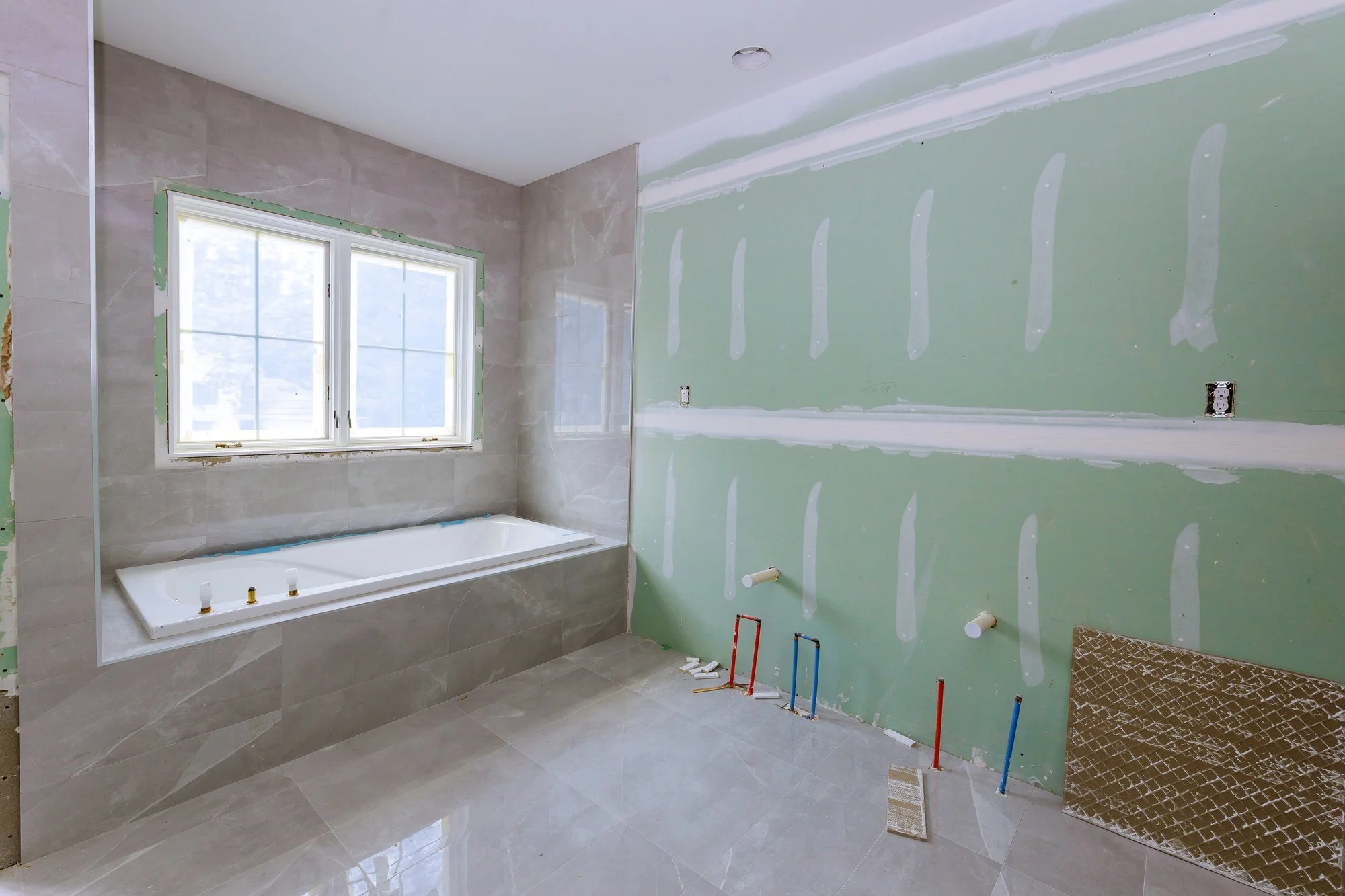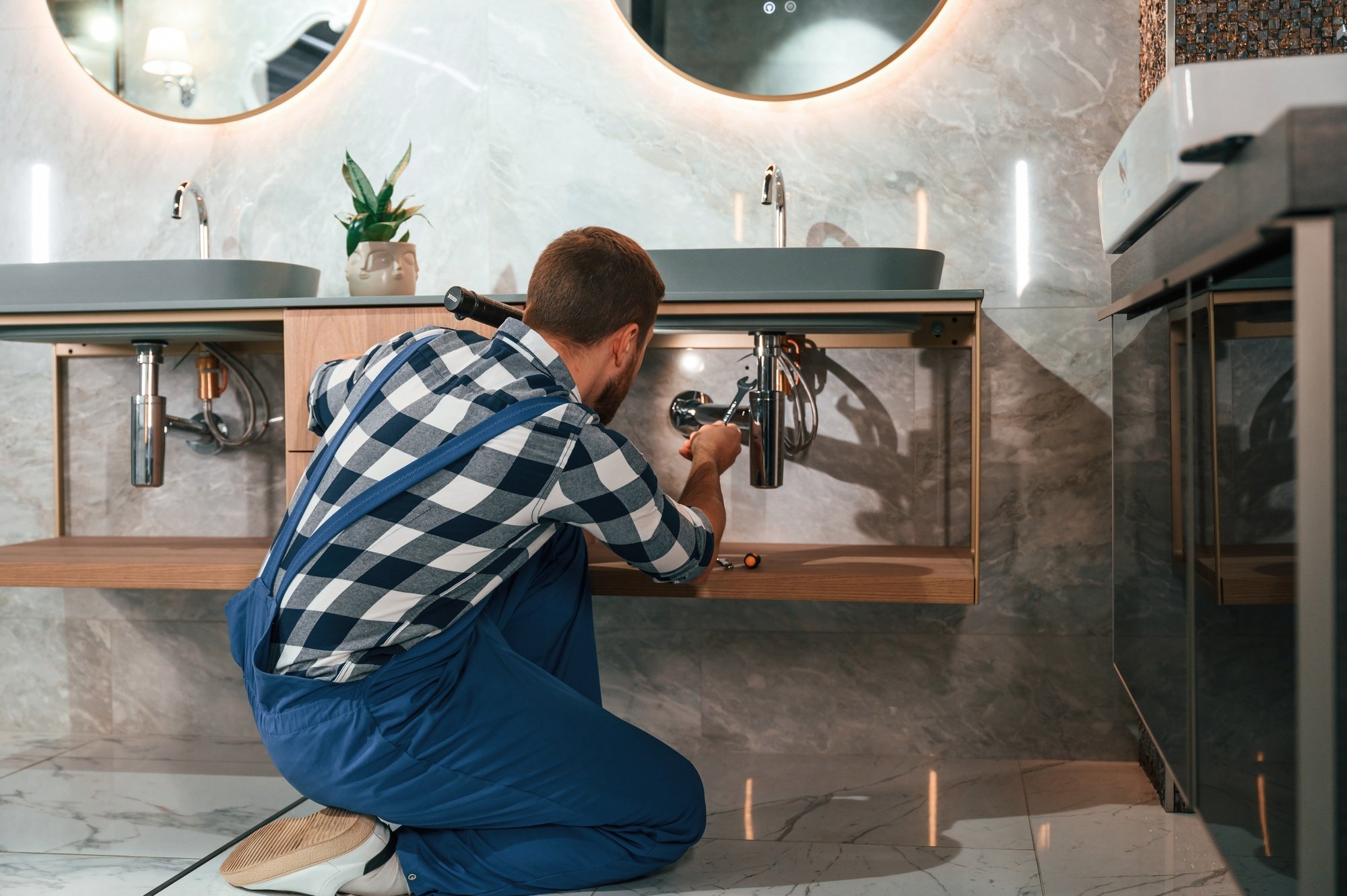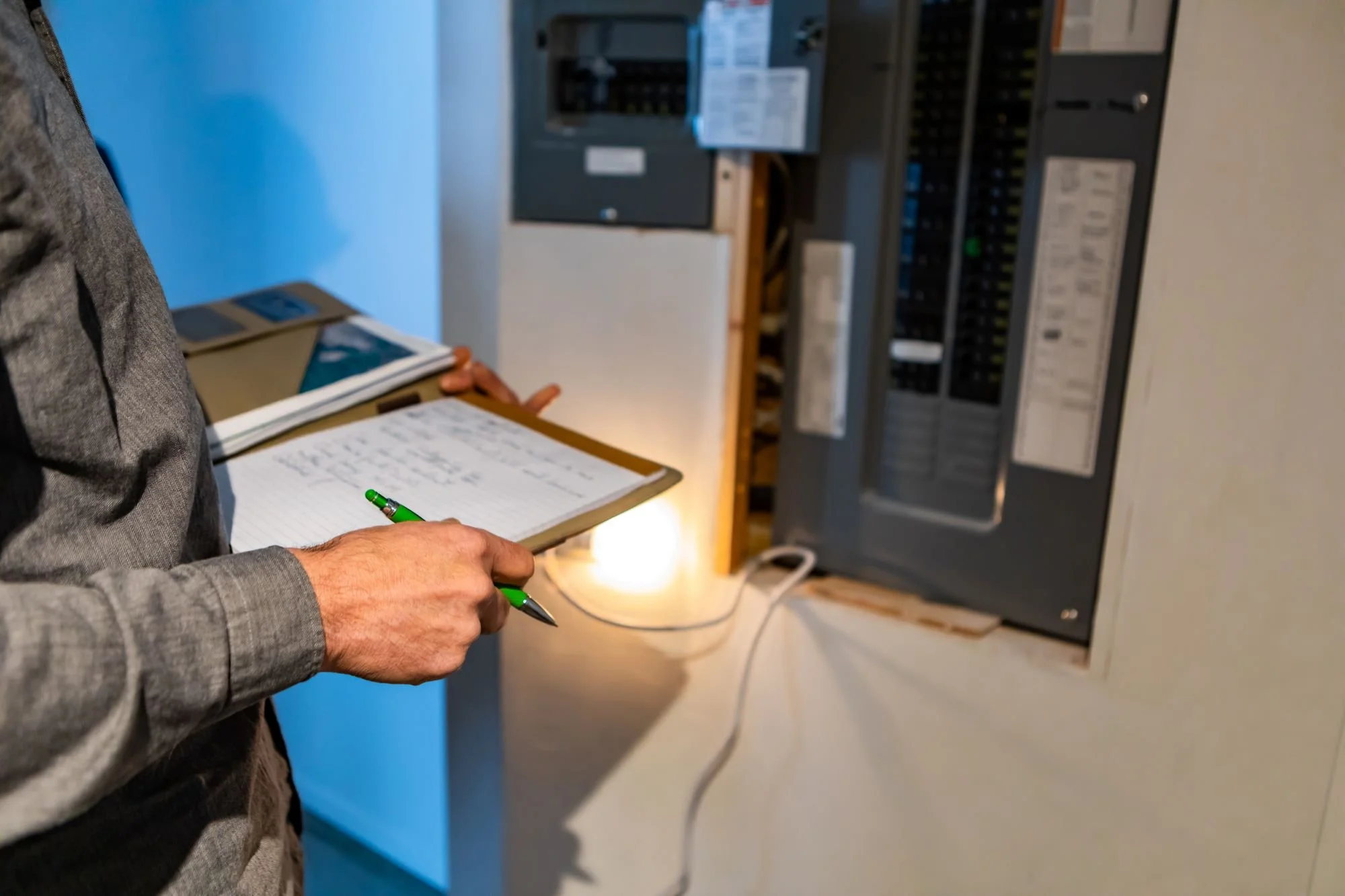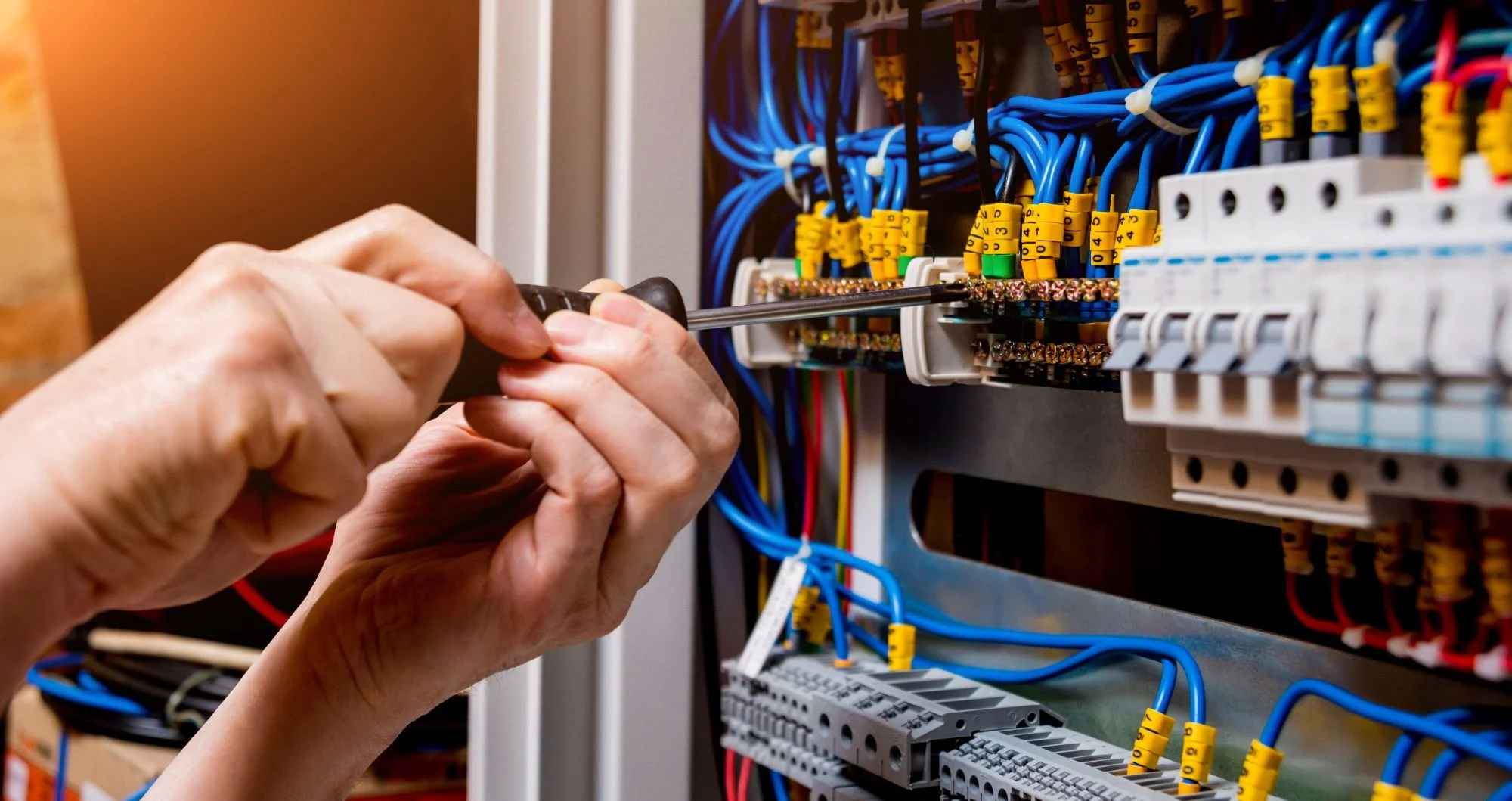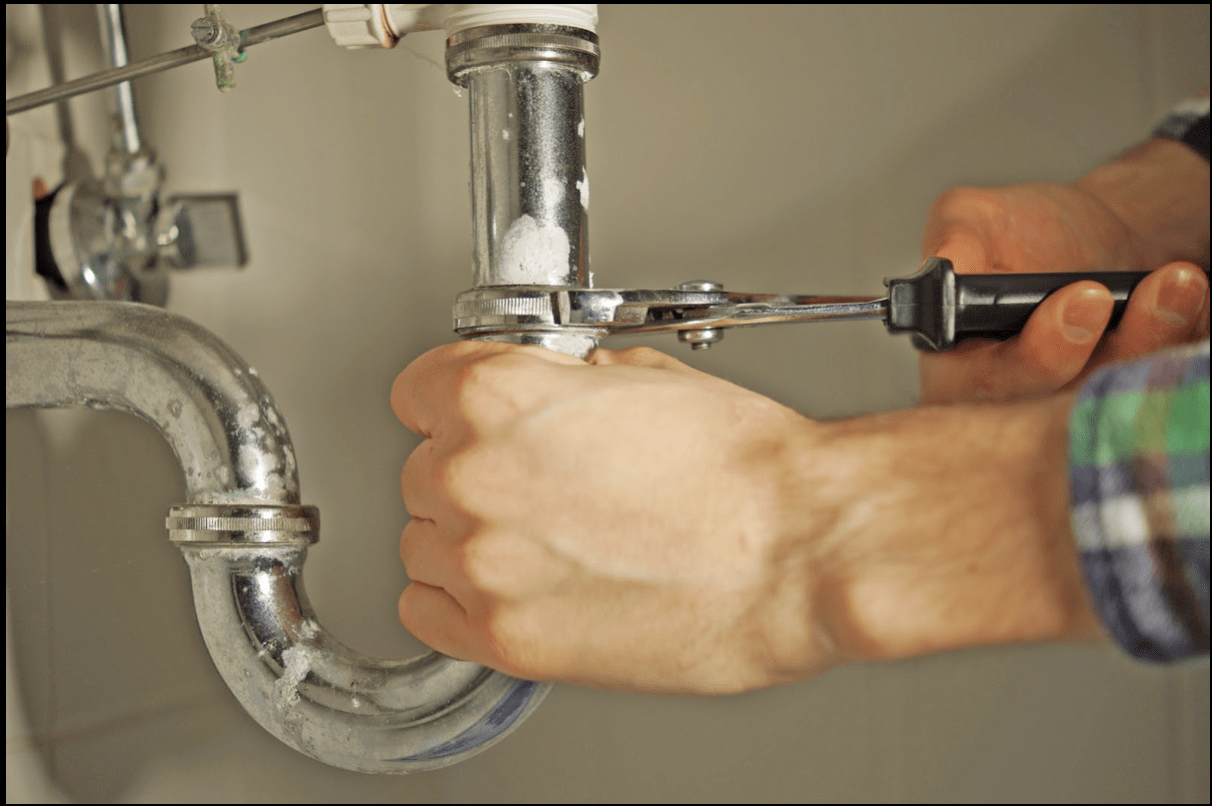6 Signs You’ve Hired the Right Plumber for Your Project
RH Business Marketing Solutions
There are several benefits to having a good plumber on your team, both literally and figuratively. Although it is easy to recognize professional work once it has been completed, how do you evaluate the value of a plumber once they have begun work?
A reputable plumber possesses more than just piping skills and repair expertise; they are strongly committed to customer service. They also show commitment to their work and have a good reputation in the market. Read on to learn more about the signs of a professional plumber for your household work and how to hire one.
Where to Find a Licensed Plumber in Your Area
First off, you need to know where you can find the plumber that you need. Follow the steps below for hiring a licensed plumber in your local area.
1. Talk to Your Friends and Read Reviews
The best method of hiring a trustworthy plumber is to ask your family and friends if they have used any companies in the past. Online research is another excellent method for finding a qualified plumber. Numerous online directories provide helpful information, including licensing information, reviews, and photos.
2. Make Sure You Contact Several Plumbing Companies
The best way to determine if a particular plumber is a good choice is to contact them by telephone. Ask them about their plumbing license and insurance while you are on the phone. Furthermore, you should request a list of testimonials and pricing from your local plumber. Choose a plumber with the highest qualification after researching various plumbing companies.
3. Experience in The Field
If you want to hire a licensed plumber, it is a good idea to visit their website to learn more about their history. The website of an established plumbing company should have a professional plumber logo design, clear pricing details and information regarding the services they offer. To determine the company's experience in the HVAC or plumbing industries, look at their biography. It is also advisable to look for information about insurance and licensing.
4. Fine Print
Ensure the plumber is licensed before hiring them to work on your water heater or drain. Check with the licensing authority for your state to see if the company or technician offers the services advertised on their website. To protect your investment, most licensed plumbers provide warranties. A plumber without warranties is inexperienced if they don't offer them.
6 Signs of a Professional Plumber
Here are 6 signs a professional plumber demonstrates.
1. They value time
You can always rely on an excellent plumber to respect your time and needs. Professionals, for example, will usually provide an estimated arrival time rather than a ballpark figure. You'll know your plumber respects your time and their work if they call if they're running behind or arrive early.
A good plumber will do everything possible to accommodate your family's schedule if the issue is not an emergency.
2. They Care About Your Property
There is no way a plumber can work in your home for more than six or eight hours a day unless you live there. Before walking over your carpet, professionals will remove their shoes or wear plastic booties over their work boots. Furthermore, they will protect the area where they work and your property.
Moreover, true professionals always clean up after themselves at the end of the day, even when the homeowner is not using it. The level of care taken with a customer's home speaks volumes about the quality of the work produced.
3. They Come With Full Preparation
The best plumbers won't delay the job because they didn't plan ahead. Before a job starts, a true professional will identify and acquire the necessary equipment.
A good plumber always prepares for complications in a plumbing job. They do not make excuses and are always able to obtain what they require within a short period.
Good plumbers will be upfront and suggest ways to compensate for delays or inconveniences if they are responsible.
4. They Show Their Credentials Proudly
Plumbers licensed, bonded, and insured should be willing to offer references to verify the quality of their work. Be sure all documentation is current and valid, and ask references not only about the plumber's performance but also about his attitude, demeanor, and timeliness.
You can visit their website as well to see these credentials as well. Authentic
5. They Provide All the Important Information First
A professional plumber can be distinguished from the rest by the type of paperwork they provide before the work begins. You should receive all the documentation you need to make an informed decision about whether or not to hire the plumber. You should expect a good plumber to provide you with the following documentation at a minimum:
● An accurate estimate. The estimate should include a detailed itemized breakdown of the cost of materials, labor, permits, taxes, and other expenses.
● Work scope agreement. This document describes in detail the work done, the responsibilities of the plumber, and any issues or concerns for which the plumber is not responsible.
● A schedule of work. Completion schedule for the project
● Documentation regarding bonds and insurance. An official document outlining the terms and conditions of insurance policies and bonds
6. They Answer All Your Questions and Concerns
You will likely have questions about the project, whether you are remodeling a whole bathroom or repairing a leak. An experienced plumber should be able to answer your questions in layman's terms. You may discover that your plumber is not confident in his or her abilities if your plumber is deliberately unclear or uses jargon.
Before hiring a plumber, you may want to ask these questions:
● Are you licensed and insured?
● What is your experience in the plumbing industry?
● Is your fee based on an hourly or flat rate?
● Does the estimate include all possible costs?
● Which method of repair are you choosing?
● How will the work be done? Do they all have licenses and qualifications as plumbers?
● Are there any other repair options available to me?
● In the event of a break or damage, what should be done?
● Do you include the cleanup in your quote?
● Does a guarantee back your service?
Conclusion
Hiring the right plumber for your project is crucial to ensuring the success and satisfaction of your plumbing needs. We hope this article covers everything you need to understand when hiring a plumber for your house renovation project.
Guest Contributor: Amanda Swenson


